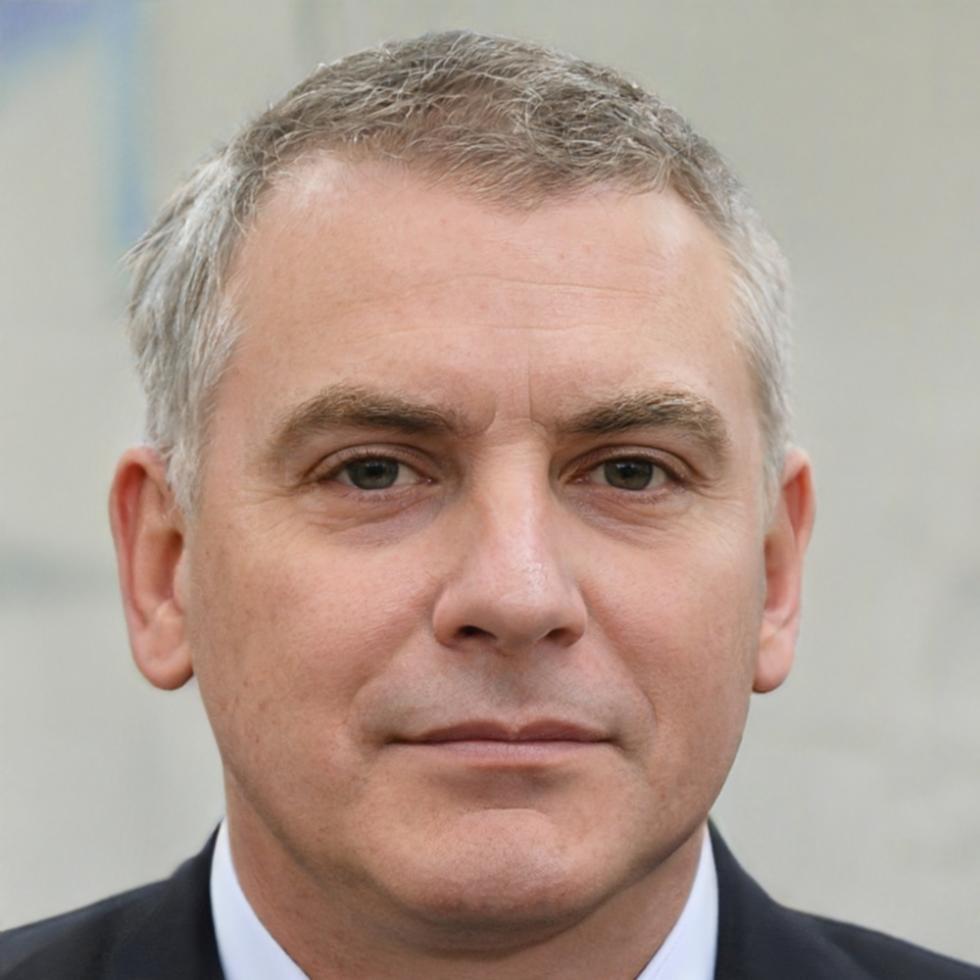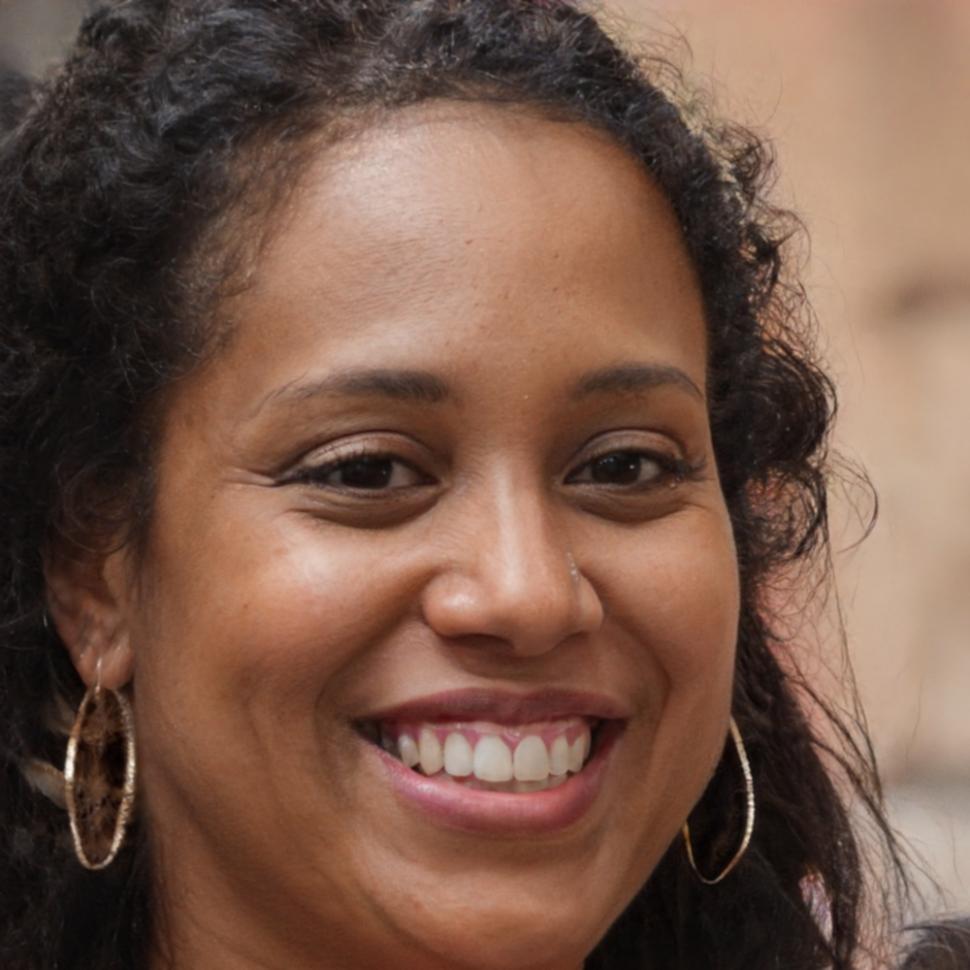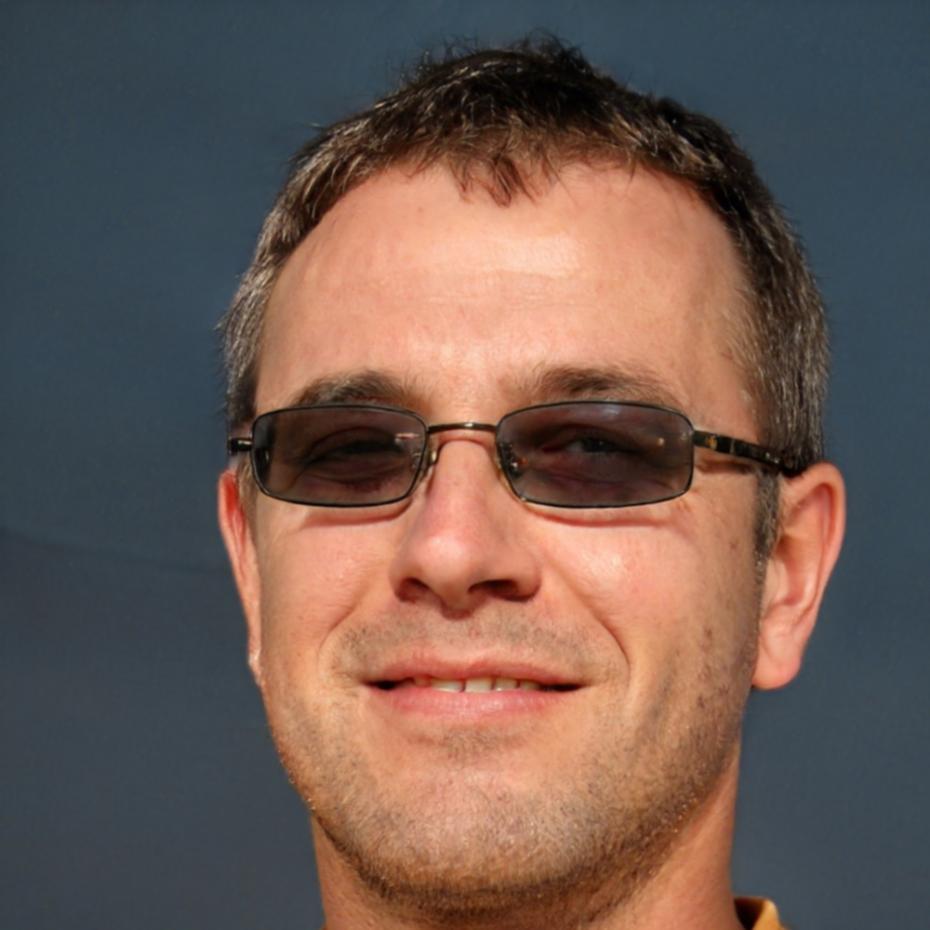Financial Research That Actually Makes Sense
Most people think financial research means staring at spreadsheets until your eyes glaze over. We've spent years building methods that cut through noise and help you understand what really matters in market analysis. Our autumn 2025 intake focuses on practical skills you'll use from day one.
Start Your Journey
Learn Research Methods That Hold Up
There's a difference between knowing theory and being able to apply it when markets get weird. We teach both, but the emphasis is on practical application.
Our program runs for 11 months starting September 2025. You'll work with real data sets, learn to spot patterns that matter, and develop the kind of analytical thinking that doesn't fall apart under pressure.
- Quantitative analysis techniques for equity and fixed income markets
- Risk assessment frameworks that account for Australian market conditions
- Portfolio construction methods with real-world constraints
- Data interpretation skills for regulatory compliance and reporting
How We Structure Learning
Foundation Phase (Months 1-3)
You'll start with market mechanics and data literacy. Not exciting, but necessary. We cover how Australian markets actually function, regulatory frameworks, and basic statistical methods. This phase moves quickly because we assume you can read and think critically.
Applied Analysis (Months 4-7)
This is where things get interesting. You'll work with historical data sets, build models, test assumptions, and learn what breaks under stress. Each week includes case studies from actual market events. Some will be from Australian contexts, others international. The point is pattern recognition across conditions.
Research Project (Months 8-11)
You pick a research question that matters to you and spend four months answering it properly. This isn't academic busywork. Past projects have examined superannuation concentration risk, regional bank lending patterns, and infrastructure investment frameworks. You present findings in both written and presentation format.


